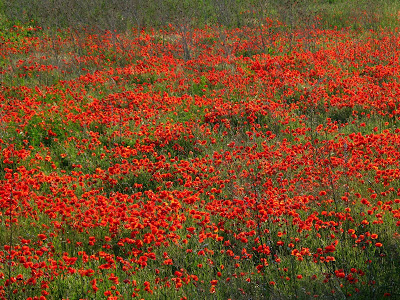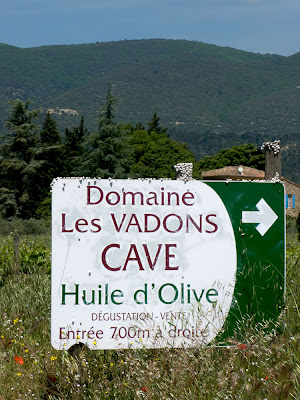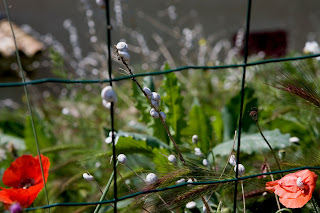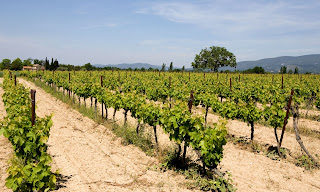








The Abbaye de Valsaintes was a Cistercian abbey, part of which dated from the 12th century. Cistercians were cloistered (remaining within the walls surrounding their property), and after being founded in 1098, the monastic order spread rapidly during the 1100s, partly under the influence and prestige of St Bernard of Clairvaux. The location selected for the Abbaye de Valsaintes was typically isolated in the mountains, offering inspiring views across valleys and mountains, an ideal location for men wanting to withdraw from politics and worldly influences for a very demanding life of prayer, meditation and unbelievably strict discipline.
The French Revolution essentially ended many centuries of monasticism throughout France. Monasteries and abbeys were forcefully emptied, lands confiscated by locals, buildings either fell into disuse or became barns for local farmers, most roofs disintegrated after decades of neglect, and even the once sturdy stone walls succumbed to disrepair as they endured several centuries of wear.
More recently, Serge Orlandi purchased these ruins, moved to the property with his family, living in trailors and slowly restoring the beautiful chapel and the grounds of the former abbey. He believed that this beautiful location had been important to pre-Christian religions and that markings on sandstone rocks and the positioning of cone-shaped rocks throughout the property indicated that drudic practionners had worshipped here centuries before monks arrived. He has therefore sought to establish a place for meditation (with no specific religious connections) and carefully constructed and reestablished terraced gardens for thousands of roses. Even though we visited toward the end of the season, many plants were still in their glory. This former ruin is definately worth a visit for gardening enthusiasts.










